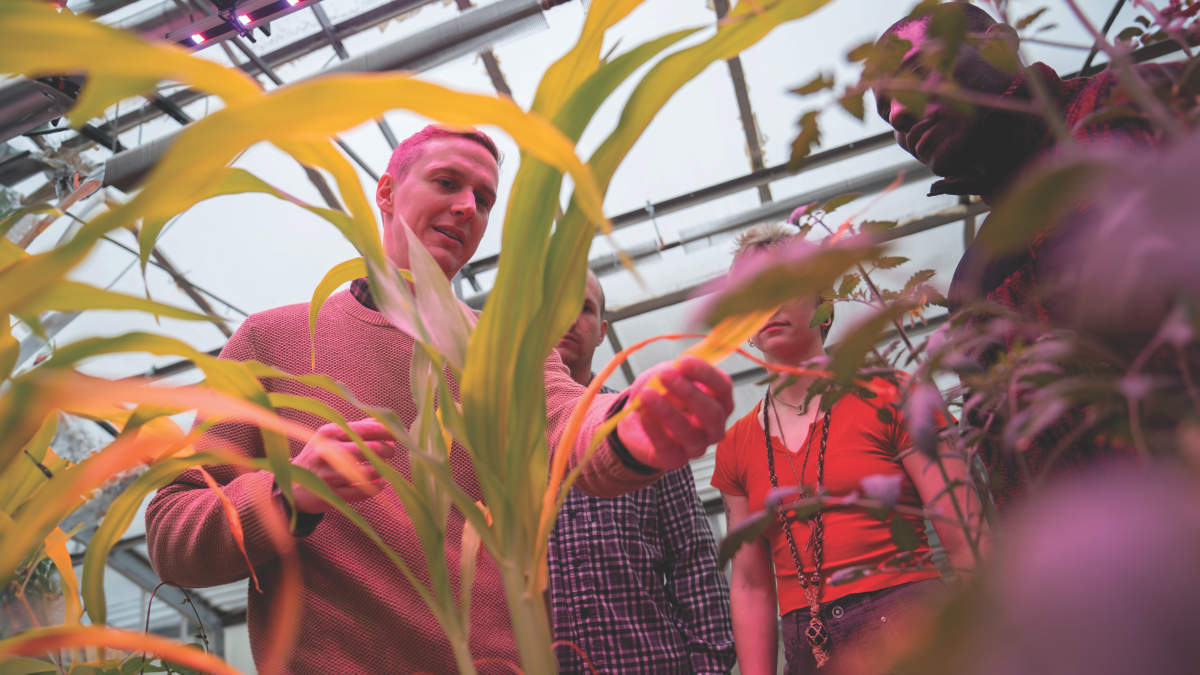
Can microbes help save crops from parasitic weeds like Striga? A team led by Francisco Dini-Andreote at Penn State aims to improve food security, soil health and climate change mitigation by manipulating microbial communities. Their work promises new strategies for sustainable agriculture, among the most interesting of which is the discovery of microbial-mediated mechanisms associated with the suppression of Striga seed germination.
I believe we have a need to be more sustainable in the way we produce food.
Francisco Dini-Andreote, PhD, Penn State College of Agricultural Sciences
If you think about biotic stresses, we have different soil-borne pathogens, we have pests, and we have parasitic weeds, for example. And microbes can help plants mitigate these stresses.
Francisco Dini-Andreote, PhD, Penn State College of Agricultural Sciences
It's very important to have standardized operating protocols across different labs, and QIAGEN provides an opportunity to really standardize those operations.
Francisco Dini-Andreote, PhD, Penn State College of Agricultural Sciences
July 2024


